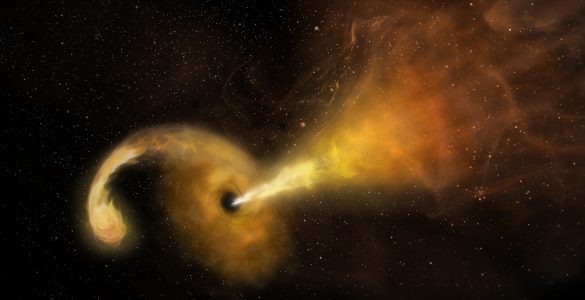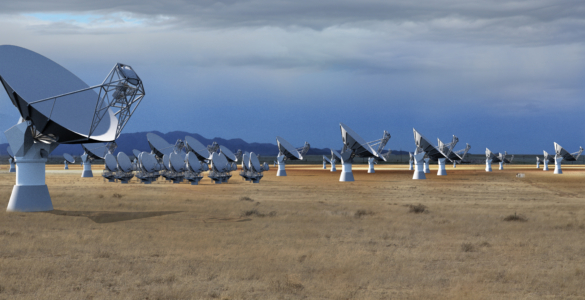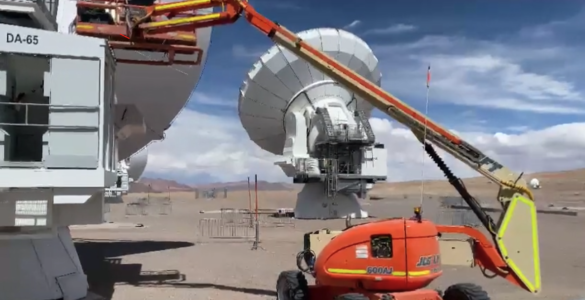Latest NRAO News
News is managed by NRAO News & Public Information. Questions about News? Have a story to share? Want to interview a scientist or create new media about our telescopes?

New studies using the VLA and other telescopes have added to our knowledge of what happens when a black hole shreds a star, but also have raised new questions that astronomers must tackle.

Episode 6 of The Baseline Series explores how galaxies form ordered rotating disks in the early Universe.

The Canadian Astronomy Long Range Plan 2020-2030 (LRP) has recommended that Canada give funding support for the construction and operation of the National Radio Astronomy Observatory’s proposed Next Generation VLA (ngVLA), a new facility that will provide transformational research capabilities across many areas of astrophysics. The LRP is a report on priorities and recommendations for Canadian astronomy over the next decade.

Collaboration between the National Radio Astronomy Observatory, the Green Bank Observatory, and Raytheon Intelligence & Space turns the Green Bank Telescope and the Very Long Baseline Array into a radar system for studying the Solar System.

When the Very Large Array was completed forty years ago, it was a different kind of radio telescope. Rather…

The process of returning ALMA to operational status has begun by powering up the first few antennas for the first time since the COVID-19 shutdown in March of 2021.





